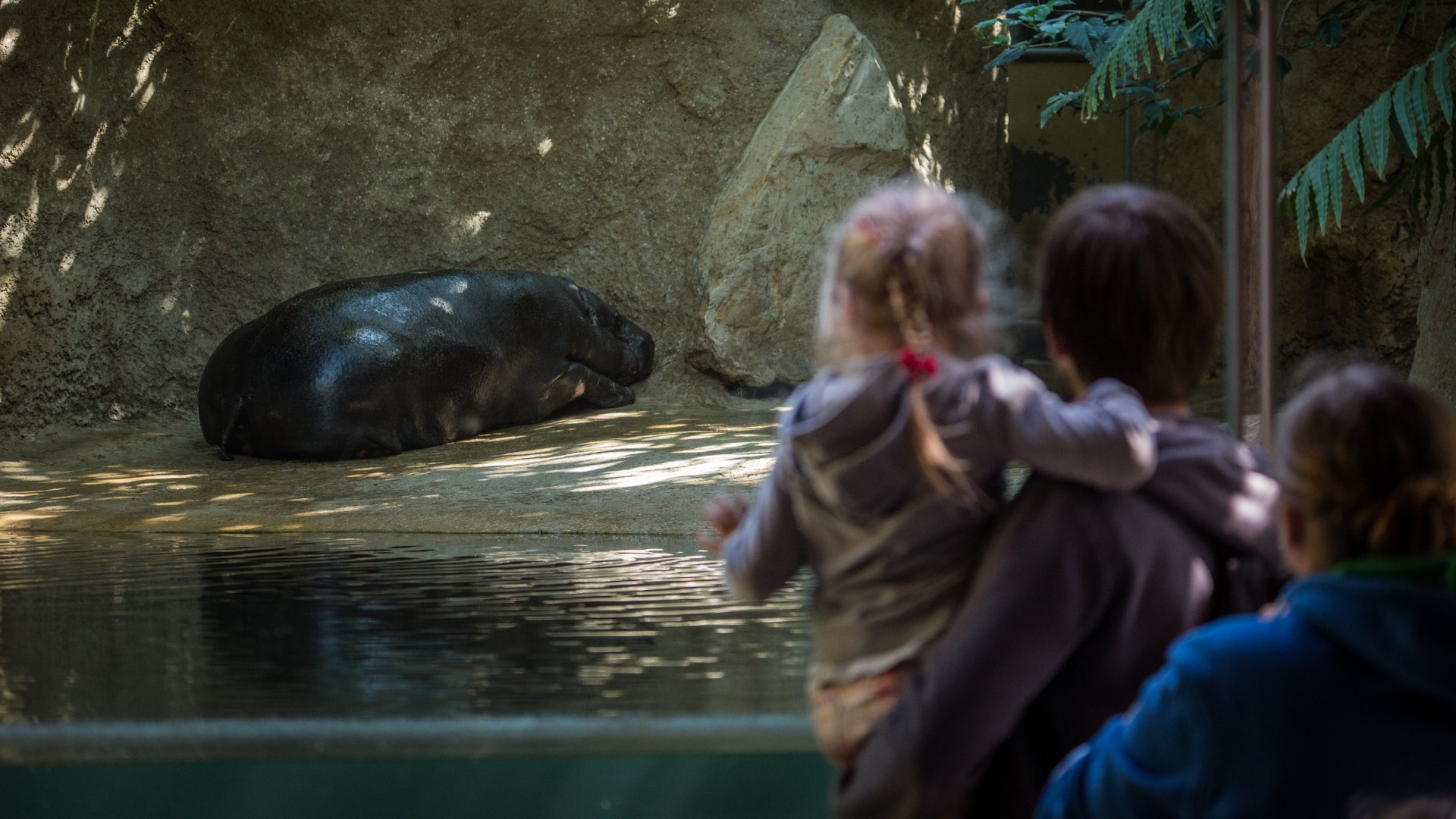
Visiting Zoos: Information for Families
Are you concerned about your child’s visit to the zoo or mobile zoo?
Born Free receives enquiries from parents and carers asking us for advice, concerned that their child’s school has planned a visit to a zoo, or feeling under pressure to take their children to activities or places that involve captive wild animals.
It is clear that some teachers and parents simply aren’t aware of the negative impact of such activities on animals, so it is essential to be understanding and explain, to raise their awareness.
Take action: Contact your child’s school
If you’re concerned about your child’s school planning a visit to a zoo, or receiving a visit from a mobile zoo, we have prepared two template letters that you can download and send to the school to let them know about the issues.
DOWNLOAD ZOO VISIT TEMPLATE LETTER DOWNLOAD MOBILE ZOO VISIT TEMPLATE LETTER
✅ Things you can do
Talk it through
Creative alternatives
ALTERNATIVE ACTIVITY IDEAS
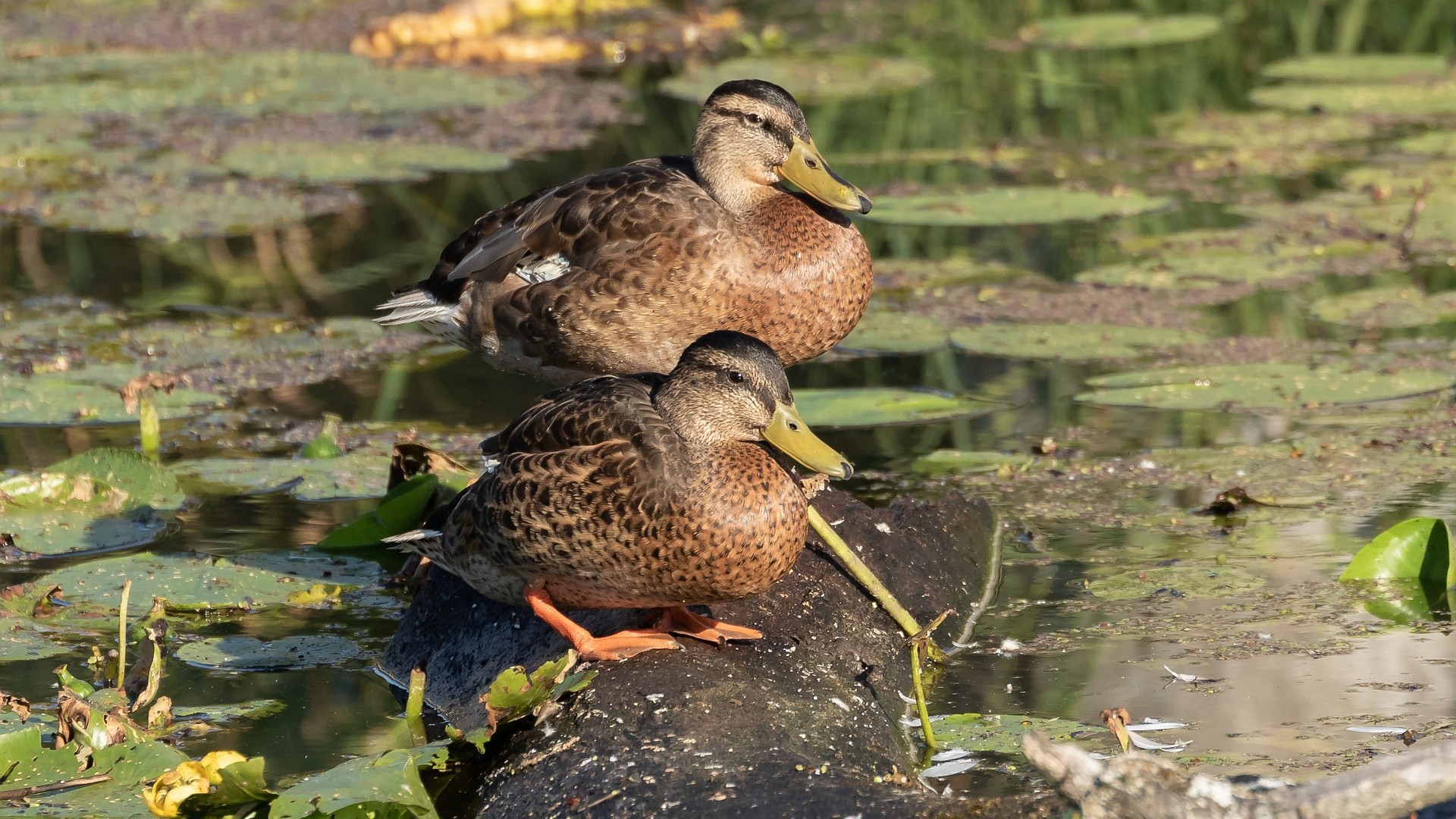
- Visit a nature reserve – many people forget that we have the most amazing British wildlife all around us. Get outdoors and explore your local area; the opportunities are endless.
- Visit a museum – Long gone are the days of static exhibitions in spaces that are uninspiring; we now have some amazing interactive museums, with all kinds of educational, engaging exhibits that are suitable for all ages. Many are also free to enter.
- Watch a wildlife documentary or film – Viewers today can immerse themselves in programmes that open our world up to the incredible planet we live on. Wildlife documentaries are educational and often show animals in their natural habitat, displaying natural behaviours.
- Build an insect hotel – Insects will use man-made structures to lay eggs, or to hibernate in through the winter. These range from woodpiles, garden canes and furniture to holes in brickwork and garden sheds. Get all your unwanted, useful items and get building! The RSPB website has some great tips.
- Have a fancy dress party/fundraiser – A great way of getting all ages involved in anything ‘wildlife’, is to organise a fundraiser or fancy dress party, that includes facts, fun activities and ideas that will allow children to use their imagination and tell others what they’ve learnt about animals. It also allows you to be a part of raising money for an important cause. We have a few ideas suitable for kids here.
- Read books about what amazing animals and habitats we have on this planet.
- Ask your child’s teacher to invite an animal charity in to school to talk about the amazing work they do – often these talks include games, presentations and may inspire children to pursue their interest in animal welfare or conservation. These talks should never include live animals.
- Download an interactive, educational app for your children to use. We highly recommend this one from our lovely friends at Patrick George.
At Born Free, we are convinced that children need to learn about all animals – big and small – but seeing wild animals in captivity is not genuinely educational.
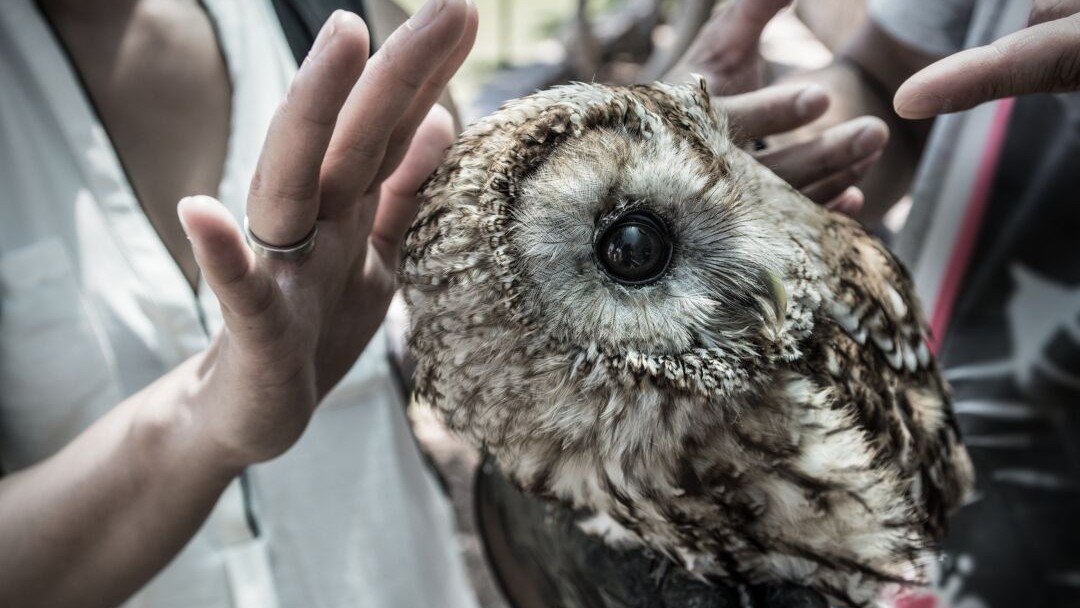
Think about how unnatural it is to see animals devoid of their natural habitat, in enclosures that are far too small for their needs, forced into unnatural social groupings, constantly stared at for hours each day. This presents an unnatural picture of what our relationship with animals and the natural world should be.
If you have concerns about your child’s school planning a visit to a zoo, or receiving a visit from a mobile zoo, please use our template letters to speak out!
DOWNLOAD ZOO VISIT TEMPLATE LETTER DOWNLOAD MOBILE ZOO VISIT TEMPLATE LETTER
FURTHER INFORMATION
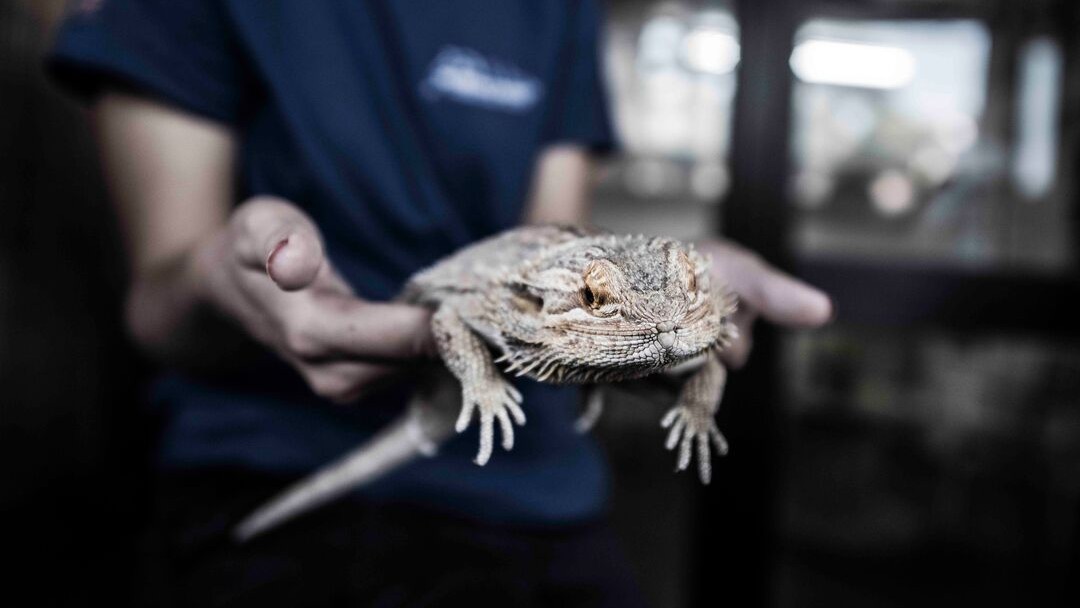
- Mobile zoos expose wild animals to environments and situations that are completely inappropriate for their welfare.
- Legislation is either out of date or unfit for purpose, with operators not even undergoing an annual inspection.
- Many animals used in mobile zoos pose a risk to human health and safety, particularly when touched or handled; reptiles can host infectious diseases (such as salmonella sp.) and some mammals and birds can inflict nasty bites and scratches.
- However ‘happy’ the animals may appear, they are often subjected to a life of noisy gatherings, hours of stressful handling, inappropriate environmental conditions, repeated transport and tiny cages when not on display.
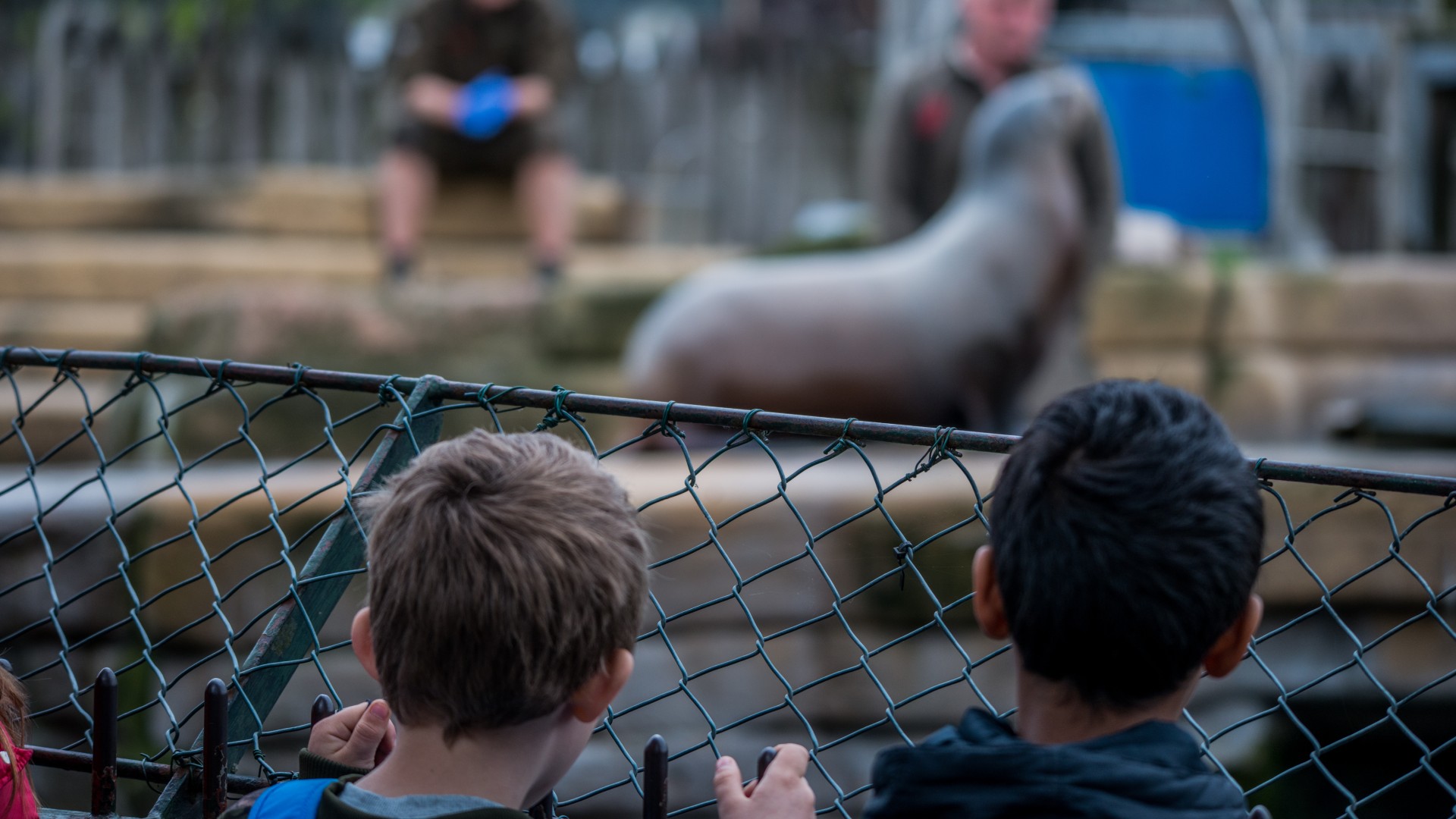
- Even the ‘best’ zoo can never recreate the complex environment that most species encounter in the wild.
- Animals often develop stereotypic behaviours; repetitive, functionless behaviour that develops in some animals in captivity as a result of impoverished or frustrating environments (such as swaying, pacing and overgrooming).
- Incidents in UK zoos, such as the exposure of conditions at South Lakes Safari Zoo and the frequent escape of many animals from zoos, , highlight the urgent need for improved standards and a more rigorous inspection process to ensure that basic animal welfare and safety standards are in place.
- Although safari parks and aquariums may appear to offer a modicum more space and seemingly give captive animals a more ‘natural’ environment, behind the expensive, drive-through enclosures and walk through exhibits, lies a more mundane and worrying reality: animals may be locked in tiny night quarters for the majority of each 24 hour period; the environmental conditions are not suitable for many of the animals housed; while the space may appear large it is likely still only a fraction of their natural range – both share many problems inherent with keeping and breeding animals in captivity.
- In The Zoo Licensing Act, “zoo” means an establishment where wild animals are kept for exhibition to the public and is open to the public on seven or more days a year: therefore, this includes most UK bird of prey centres, safari parks, aquariums, some farm parks and some facilities which call themselves “sanctuaries”.
- The European Association of Zoos and Aquaria (EAZA) recognises zoothanasia as a population management tool, with an estimated 3,000 to 5,000 healthy animals being destroyed each year in zoos across Europe.
